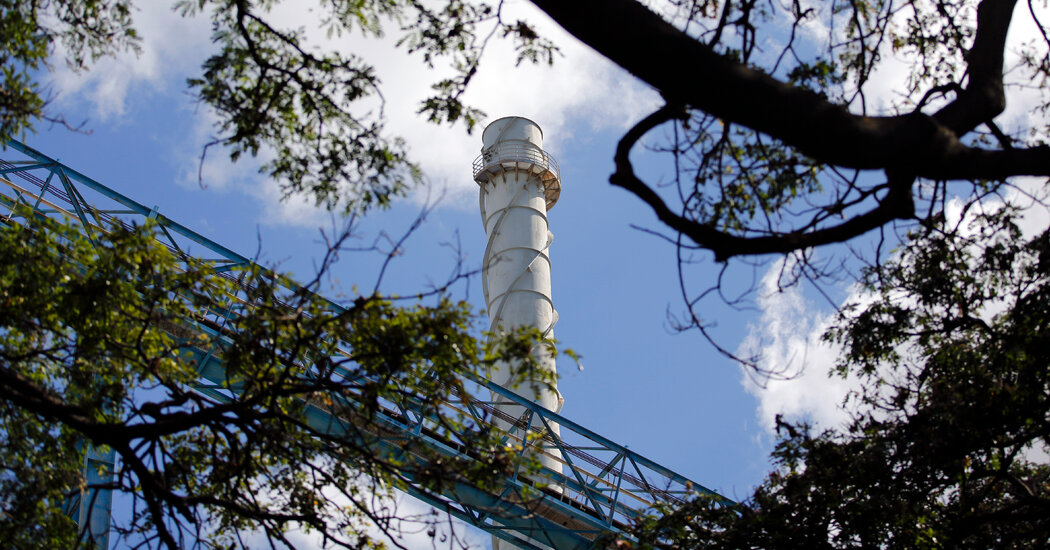Hawaii Closes Its Last Coal-Fired Power Plant

Hawaii shuttered its last remaining coal-fired power station on Thursday, a major milestone in the state’s ambitious effort to transition to 100 percent renewable energy by 2045.
The station, the AES Hawaii Power Plant near Kalaeloa, in southwest Oahu, provided more than 11 percent of the state’s electricity in 2021, according to data from the U.S. Energy Information Administration.
“It really is about reducing greenhouse gases,” said Gov. David Ige, a Democrat, in an interview with The Associated Press. “And this coal facility is one of the largest emitters. Taking it offline means that we’ll stop the 1.5 million metric tons of greenhouse gases that were emitted annually.”
Throughout the United States, coal plants are powering down, squeezed out by cheaper natural gas, cleaner renewable energy and tougher emissions regulations. There are fewer than 270 coal-burning power plants remaining in the country; more than 600 have been retired over the past two decades.
Hawaii has been working toward an energy sector powered completely by renewable energy by 2045, a goal that was entrenched in state law in 2015. The Legislature also passed ambitious environmental measures in 2020 that banned the use of coal for energy production beginning in 2023. In recent years, the state has turned to solar power, embracing rooftop solar panels on nearly a third of the state’s single-family homes.
Yet the transition toward renewables has been complicated by the challenges of a pandemic and a global energy crisis.
Before this year, electricity prices in Hawaii were already triple the United States average, according to the U.S. Energy Information Administration, in part because the state has been heavily dependent on burning oil, much of it imported from Russia, for power generation, because it is less expensive to ship than natural gas.
In the first months after Russia’s invasion of Ukraine, residential electricity rates surged nearly 62 percent from the year before, according to data from Hawaiian Electric Co., the state’s largest electricity supplier.
Now, the closure of the state’s last coal plant will result in a 7 percent increase on customers’ electricity bills beginning in October, or about $15 for a typical customer using 500 kilowatt-hours per month, according to a news release from Hawaiian Electric. State Senator Glenn Wakai, a Democrat who is the chairman of the Senate Committee on Economic Development, Tourism and Technology, criticized the decision to close the plant.
“We made a transition that we were totally unprepared for,” Mr. Wakai said. The short-term consequences will be “disastrous” for the people of Oahu, he added.
A combination of supply chain issues, delayed permits and other bureaucratic hurdles have slowed the progress of renewable energy projects that could replace coal energy in Oahu. A number of those could come online as early as the first half of 2023, officials say. In the meantime, energy suppliers will lean more heavily on oil.
While there will be negative short-term consequences, closing the coal plant moves the state toward energy resiliency and independence in the long term, supporters of the decision say.
“Coal and oil are resources that we do not and will not ever produce a lot of locally,” said State Representative Nicole E. Lowen, a Democrat who is the chairwoman of the Committee on Energy and Environment. “That leaves us at the mercy of global markets that are beyond our control.”
